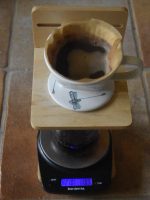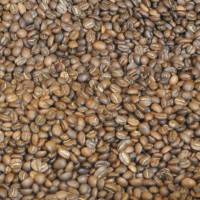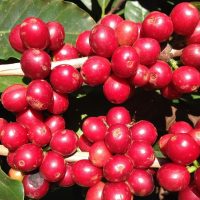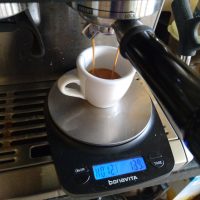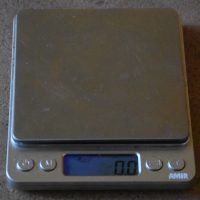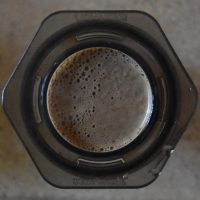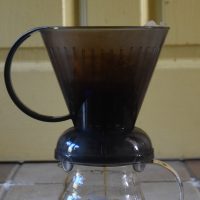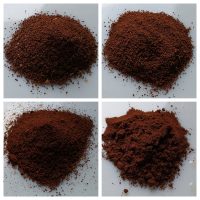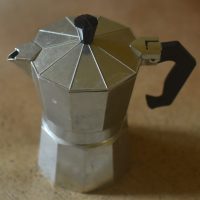 Up until now, Making Coffee at Home has focusedon brew methods which I regularly use: cafetiere, Clever Dripper, AeroPress, pour-over and espresso. Today’s post is different since I’m writing about the moka pot, something which I own, but stopped using many years ago, unhappy with the results. I moved onto other brewing methods and my moka pot has sat at the back of a shelf ever since.
Up until now, Making Coffee at Home has focusedon brew methods which I regularly use: cafetiere, Clever Dripper, AeroPress, pour-over and espresso. Today’s post is different since I’m writing about the moka pot, something which I own, but stopped using many years ago, unhappy with the results. I moved onto other brewing methods and my moka pot has sat at the back of a shelf ever since.
My interest was initially rekindled by tweets from Phil Wain (editor of Caffeine Magazine) which got me thinking that maybe I should write about the moka pot after all. I began the Making Coffee at Home series with a desire to help people make good coffee at home, particularly people who are new to making good coffee. Although I’ve tried to take you on a journey through the various preparation methods I regularly use, I know that not everyone will have the time to invest in learning a new method. Similarly, many of you won’t want to buy new coffee equipment. However, I suspect that, like me, plenty of you have a moka pot somewhere in your kitchen. So, I got my moka pot down, dusted it off and here we are…


